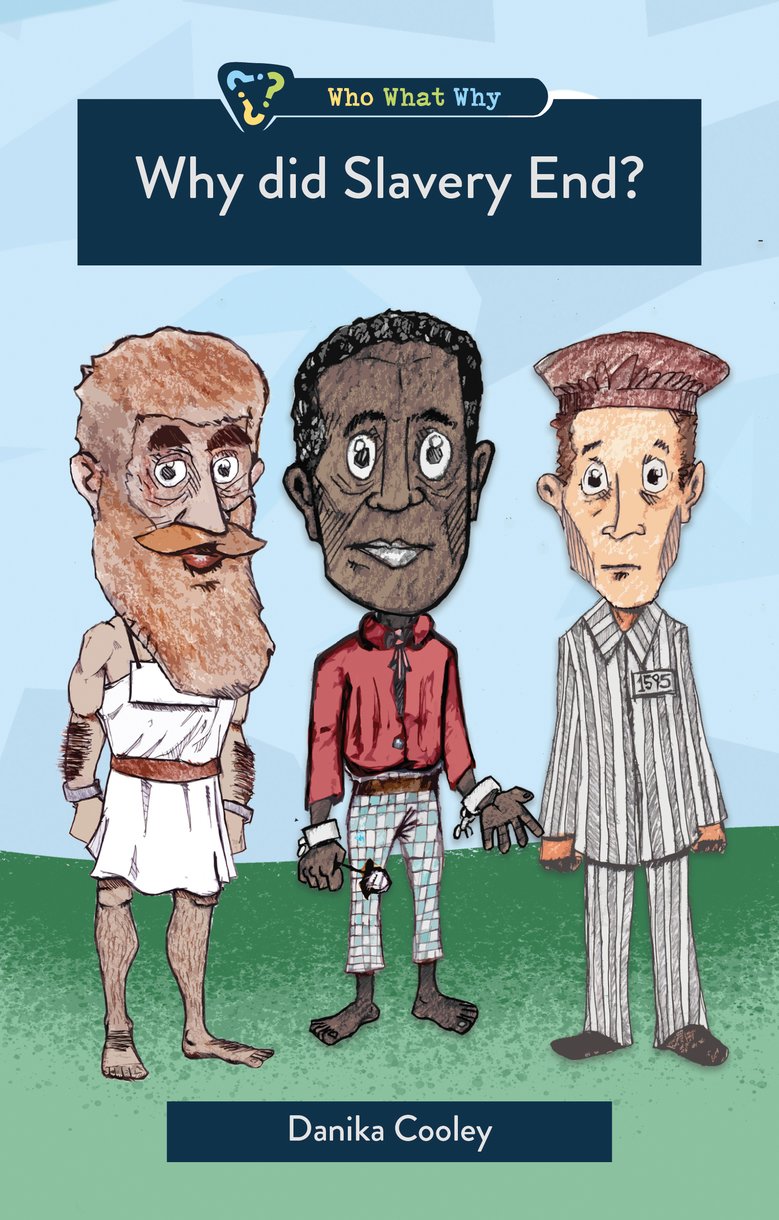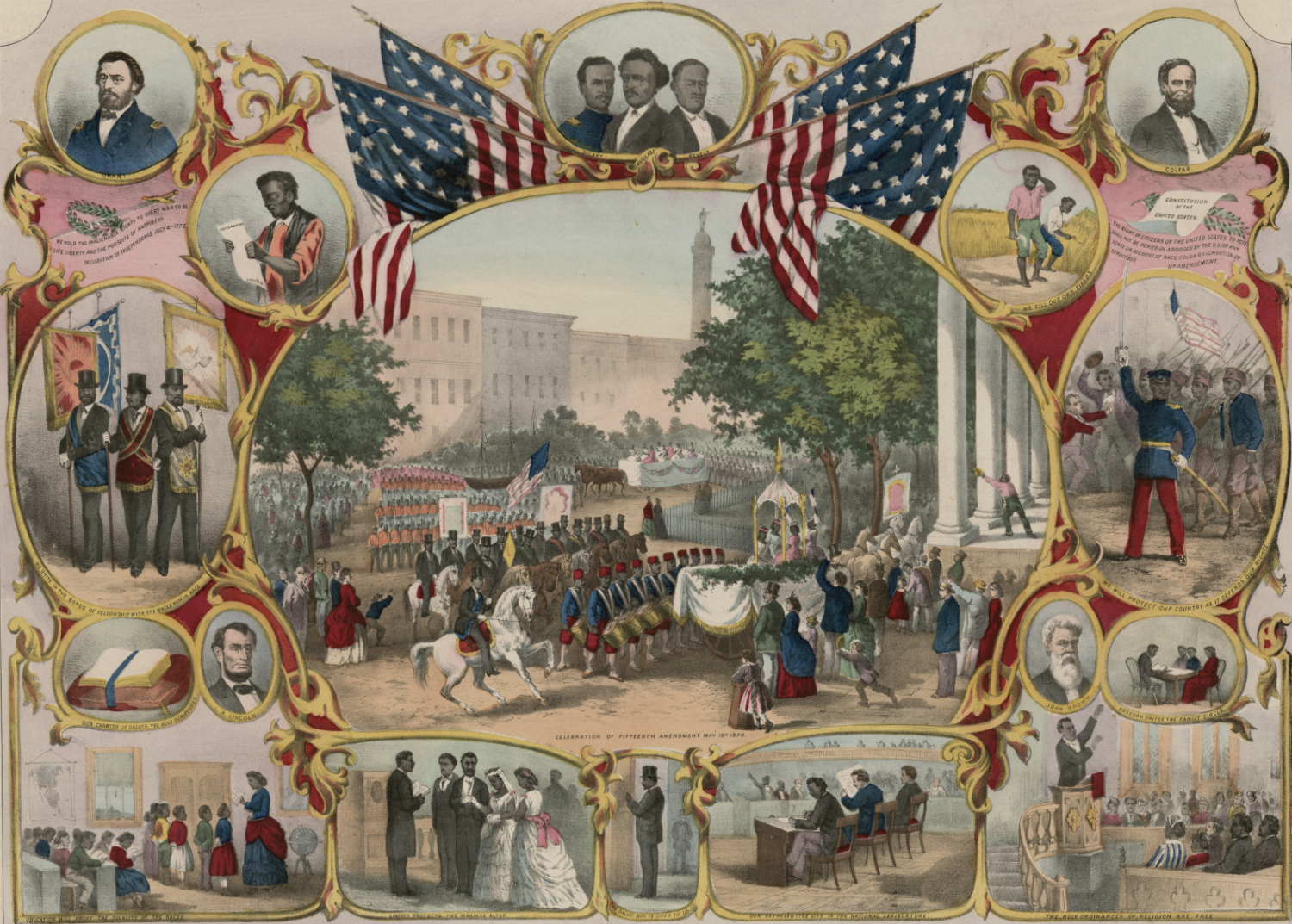Slavery is one of the darkest chapters in human history, and understanding when it ended is crucial to comprehending its profound impact on societies worldwide. The abolition of slavery marked a turning point in global history, symbolizing humanity's progress toward equality and justice. This article delves into the historical timeline and significance of slavery's end, offering a comprehensive overview of this pivotal moment.
The question "What year did slavery end?" does not have a single, straightforward answer. Different countries abolished slavery at different times, and the process was often fraught with challenges and resistance. This article will explore the historical context, key milestones, and lasting effects of slavery's abolition, providing readers with a clear understanding of this transformative period.
By examining the abolition of slavery in various regions, we aim to shed light on the struggles and triumphs that led to its eventual eradication. Understanding this history is essential for appreciating the ongoing fight for human rights and equality in the modern world.
Read also:Discover The World Of Shemale Joi A Comprehensive Guide
Table of Contents:
- Biography of Key Figures in the Abolition Movement
- Global Timeline of Slavery's End
- The Abolition of Slavery in the United States
- The Abolition of Slavery in Britain
- The End of Slavery in Latin America
- The Abolition of Slavery in Africa
- The Impact of Slavery's End on Society
- Lasting Effects of Slavery's Abolition
- Modern Slavery and Its Challenges
- Conclusion
Biography of Key Figures in the Abolition Movement
The abolition of slavery was driven by countless individuals who dedicated their lives to ending this inhumane practice. Below is a brief overview of some key figures whose efforts were instrumental in bringing about change.
Biographical Table of Key Abolitionists
| Name | Country | Role | Years Active |
|---|---|---|---|
| William Wilberforce | United Kingdom | Parliamentarian and leader of the British abolition movement | 1787-1833 |
| Frederick Douglass | United States | Former enslaved person and prominent abolitionist speaker | 1841-1895 |
| Harriet Tubman | United States | Former enslaved person and conductor of the Underground Railroad | 1850-1865 |
| Simón Bolívar | Latin America | Revolutionary leader who advocated for the abolition of slavery | 1810-1830 |
These individuals, among many others, played pivotal roles in advocating for the end of slavery. Their stories are a testament to the power of perseverance and the importance of standing up for justice.
Global Timeline of Slavery's End
Slavery was abolished at different times across the globe. Understanding the global timeline helps us appreciate the complexity of this historical process.
- 1807: Britain abolishes the transatlantic slave trade.
- 1833: The Slavery Abolition Act is passed in the British Empire, coming into effect in 1834.
- 1865: The Thirteenth Amendment abolishes slavery in the United States.
- 1888: Brazil becomes the last country in the Americas to abolish slavery.
The Abolition of Slavery in the United States
One of the most significant events in American history was the abolition of slavery. The Thirteenth Amendment, ratified in 1865, officially ended slavery in the United States. This landmark legislation was the culmination of decades of struggle and sacrifice.
Key Events Leading to Abolition
Several key events contributed to the abolition of slavery in the U.S., including:
Read also:Unveiling The Truth About Movierulzcom Your Ultimate Guide
- The publication of "Uncle Tom's Cabin" by Harriet Beecher Stowe, which raised public awareness about the horrors of slavery.
- The Civil War (1861-1865), fought primarily over the issue of slavery.
- The Emancipation Proclamation issued by President Abraham Lincoln in 1863, which declared enslaved people in Confederate states to be free.
The Abolition of Slavery in Britain
In the United Kingdom, the abolition of slavery was a gradual process. The Slave Trade Act of 1807 marked the first step, followed by the Slavery Abolition Act of 1833, which ended slavery throughout the British Empire in 1834.
William Wilberforce, a member of Parliament, was a leading figure in the British abolition movement. His relentless advocacy helped bring about the end of slavery in the British colonies.
The End of Slavery in Latin America
Latin America witnessed the abolition of slavery at various times, with Brazil being the last country to abolish it in 1888. Leaders like Simón Bolívar played a crucial role in advocating for the end of slavery during the independence movements of the early 19th century.
Challenges in Latin America
Despite the abolition of slavery, many challenges remained, including:
- Economic dependence on enslaved labor.
- Social and racial inequalities that persisted after abolition.
The Abolition of Slavery in Africa
In Africa, the abolition of slavery was influenced by both internal and external factors. European colonization and international pressure contributed to the eventual end of slavery in many African nations.
However, the legacy of slavery continues to affect African societies, highlighting the need for ongoing efforts to address its lasting impacts.
The Impact of Slavery's End on Society
The abolition of slavery had profound effects on societies worldwide. It marked a significant step toward equality and justice, but it also created new challenges that societies had to address.
Key impacts included:
- The need for economic restructuring in regions dependent on enslaved labor.
- The struggle for civil rights and equal opportunities for formerly enslaved people.
Lasting Effects of Slavery's Abolition
The abolition of slavery did not eradicate all forms of inequality. Instead, it laid the foundation for ongoing efforts to address systemic racism and promote social justice.
Today, the legacy of slavery is evident in many areas, including:
- Economic disparities.
- Racial tensions and discrimination.
- Cultural and historical narratives shaped by slavery's impact.
Modern Slavery and Its Challenges
Although slavery was officially abolished in most parts of the world, modern forms of slavery still exist. Human trafficking, forced labor, and child labor are among the challenges that persist today.
Efforts to combat modern slavery include:
- International laws and agreements aimed at eradicating slavery.
- Non-governmental organizations working to rescue and support victims of slavery.
Conclusion
The question "What year did slavery end?" is complex and varies depending on the region and historical context. From the abolition of slavery in the United States in 1865 to the end of slavery in Brazil in 1888, each country's journey toward freedom was unique but equally significant.
We encourage readers to reflect on this history and consider how it continues to shape our world today. By understanding the past, we can work toward a future where all forms of slavery are eradicated, and equality and justice prevail.
We invite you to share your thoughts in the comments below and explore other articles on our site that delve into related topics. Together, we can continue the conversation and promote awareness about this critical issue.

